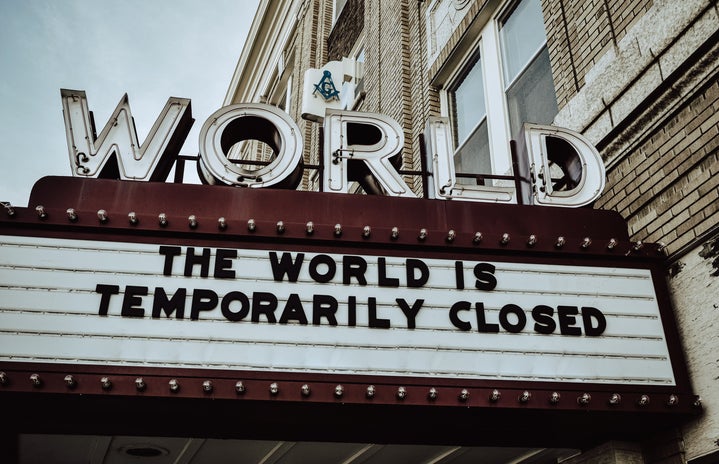With the streaming era’s rise over recent years, the shift of music artists’ compensation differs from when pure sales and physical CD purchases dominated the industry. The drastic effects of the ongoing COVID-19 pandemic is now another significant contributor to the shift of artists’ earnings as the normality of live performances becomes a thing of the past.
So, are artists receiving their fair share?
Some may disagree. In 2020, musician Evan Greer petitioned for Spotify to permanently adjust their royalty payouts (more so because of the unexpected pandemic) in favor of artists. The streaming giant has come under fire because of their (alleged) underpayment and exploitation practices, as claimed by the Union of Musicians and Allied Workers (UMAW). They started the advocation movement ‘Justice at Spotify’ last year October. The campaign compels the streaming service to improve restitutions by “at least one (US) cent per stream.” While Spotify has not confirmed their actual rates, analysts approximate $0.00318 for a single stream. The Union also demands clarity surrounding Spotify’s relations with major recording companies and their extensive rosters on how it pertains to label’s set royalty deductions instead of direct Spotify to artist payment.
With its estimated more than 80 million subscribers, direct competitor Apple Music has also sparked debate about their financial compensations and recently disclosed their pay per stream. The amount? $0.01 (US) cent (on average). Similarly to Spotify, Apple Music allocates a specific ‘headline rate’ for major labels, which then proportions to artists based on the company’s rates. These label to artist amounts also vary between smaller independent ones and those such as Sony or Universal.
Could physical sales possibly make a comeback and ultimately help artists?
The commonality of handheld technology resulting in expanding streaming services to consumers and the near absence of CD and vinyl players means a physical sales comeback is improbable. Despite the one-third decline of these purchases in 2020, this slump already began pre-COVID. A 2018 8.2% decrease can also be attributed to Best Buy’s halting of CDs indefinitely with only limited options in select stores. Music’s overall rise in accessibility which favors users through “free” music and affordable subscription services, strays consumers from traditional obtainment methods.
Comparatively, digital downloads (albums and songs) with standardized prices through services like iTunes and Amazon Music made up only 12% of total industry revenue during the first half of 2018. This statistic diminished to 8.6% by the following year. Meanwhile, total streaming earnings soared from $3.4 billion (2018) to $4.8 billion (2020), with a revenue majority coming from paid subscriptions on apps like Spotify, Apple Music, TIDAL, and Pandora. Because of this escalation, an estimated 85% of total music consumption profits now result from streaming.
How has the pandemic influenced the streaming surge?
Since concerts and mass gatherings are at a temporary standstill, many now resort to alternative means of entertainment. Artists are also using this change to their advantage by sustaining fan interactions through third-party sites where fans can purchase tickets and watch them perform. Free, virtual concerts on platforms like YouTube also serve total streaming revenue because of its similar pay-per-view model.
The convenience of streaming in today’s world is evident due to its constant financial increase before the COVID-19 pandemic. Artists’ continued use of virtual communication with fans and the general development of streaming platforms for audience reach is how streaming earnings will continue to prolong its reign.
Do you believe artists receive fair compensation in regards to streaming?
How do you think the pandemic has affected artists’ income and the music industry as a whole?


